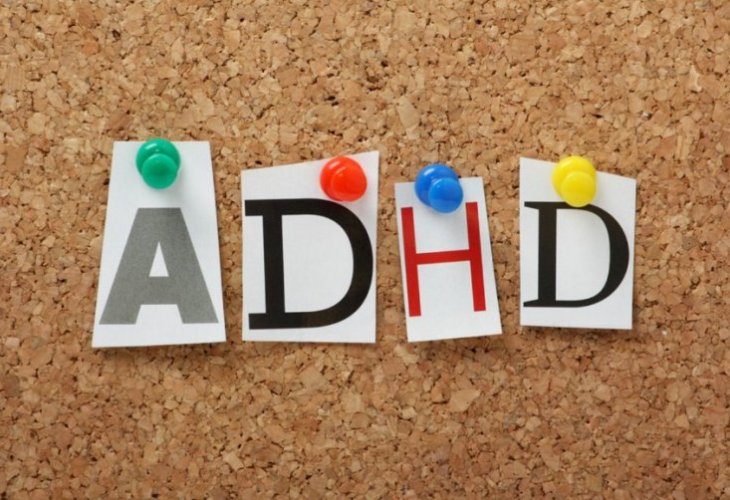Health and Mind
Understanding Attention and Concentration: What’s the Real Difference?
Learn how ADHD affects both attention and concentration, and how to support children with better understanding and patience
 (Photo: Shutterstock)
(Photo: Shutterstock)We often hear the term “Attention Deficit Disorder”, but what does it really mean? And more importantly, what’s the difference between attention and concentration?
Let’s start with attention. Attention is more passive. It’s our brain’s natural way of tuning in to something happening around us such as a sound, a voice, a sight. But since it's passive, it’s also very easy to interrupt. That’s why it’s so common to get distracted while listening to someone speak. This is called divided attention, and it happens to everyone. No one has perfect attention all the time.
For adults, the average attention span usually lasts around 12 to 14 minutes. After that, our focus tends to drop. Later, it may return and then drop again. It comes and goes in waves. For children, especially younger ones, their attention span is even shorter.
Many things can affect our ability to pay attention. External distractions like noise or sudden movements make it harder to stay focused. But internal factors like stress, tiredness, illness, or emotional struggles can also lower attention. Even the time of day, the person who’s speaking, and a child’s mood can make a difference.
Now, children and adults with ADHD experience a much more noticeable and ongoing struggle with attention. Their brains constantly shift from one thought to another. It’s not just occasional distraction, it’s frequent, sometimes even every few seconds.
Two helpful terms to know are:
1. Attentional Recruitment – This means the ability to pull attention in when there are distractions. For example, trying to focus on a teacher’s voice even though there’s noise in the classroom. A child with ADHD might be able to focus for a short moment, but then their attention quickly slips away.
2. Sustaining Attention – This refers to the ability to stay focused for a longer time, like reading a book or listening to a shiur (lesson) without your mind wandering. For someone with ADHD, this is usually only possible in a very quiet and calm place.
So what about concentration?
Concentration is something deeper and more active. When you concentrate, your brain is fully engaged. You’re not just listening, you’re thinking, analyzing, and participating with your full attention. And unlike attention, which can be divided, concentration can’t be split. Your whole mind is focused on one task or idea. It’s like being in a bubble, nothing else exists at that moment.
Sometimes, we mistake certain types of thought for attention, like deep thinking or engaging in a meaningful conversation. But those are actually examples of concentration because they involve active mental work.
When we talk about ADHD, the difficulty is usually in both attention and concentration. Children (and adults) may struggle to focus on something, but even once they do get into a concentrated state, they may have trouble pulling out of it. They can get “stuck” in their thoughts or hyperfocus on one thing and ignore everything else. This isn’t stubbornness, it’s part of the way their brain processes information. It’s a challenge in self-regulation, the ability to manage when to start and when to stop focusing.
Understanding the difference between attention and concentration helps us better support those with ADHD. Whether you're a parent, teacher, or simply someone trying to understand your own mind, this awareness allows for more compassion and patience and opens the door to more effective tools for learning and growth.

